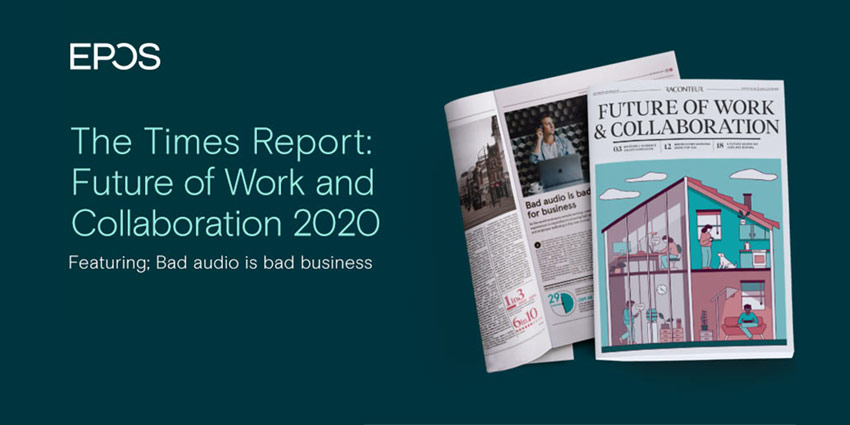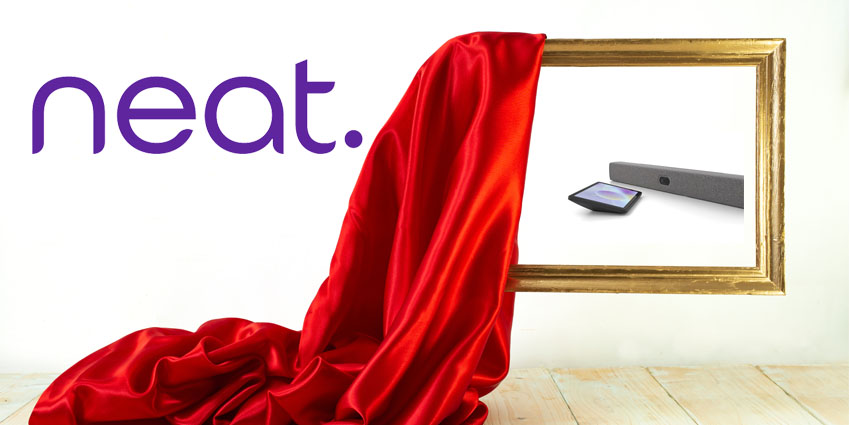Apparently, the OED is breaking with tradition and adding more than one new ‘word of the year’ — because to describe the impact of 2020 requires a deep breath and a whole new lexicon.
One of these every knowledge worker will remember is ‘Zoom fatigue’, which could more fairly be called ‘bad audio fatigue’ — given that a recent study by high-end audio solutions company EPOS titled Understanding Sound Experiences, quoted in Raconteur, found nine in ten workers have experienced at least one pain point due to poor sound quality during calls or virtual meetings. It’s not being forced to stare at thumbnails of our colleague’s faces for hours which is enervating, it’s the pointlessness of it all when you’re simply unengaged and unable to follow the conversation — which all comes down to the use of bad audio equipment.
Transformational audio experience
The qualitative difference when everyone is using a professional headset and mic is transformational, and smart business decision-makers preparing to embrace the hybrid work-from-anywhere future are recognising this difference – and investing in it. EPOS’ research indicated that 93% of employers are seeking to upgrade their audio purchases in the next 12 months, to set up remote workers with better headsets and speakerphones, for an enhanced user experience.
It’s not simply about helping people feel connected and better able to collaborate. The sheer time lost to repeating questions and comments, or acting on incorrectly heard and misunderstood remarks, is an incalculable loss to business. And this is exacerbated further when interacting with those outside of the business itself, such as clients and prospects, where any disruption to the flow of communication can damage rapport and understanding as well leading to incorrect actions and outputs.
The EPOS difference
When people on both ends of the call are working from anywhere, the audio environment can be complex to manage, even if a sound engineer were live on the call dedicated to doing just that. But AI technology embedded in EPOS’ headsets adapts fast to every environment to create an optimised audio experience that enhances speech clarity and suppresses other sounds. The machine-learning system makes sound decisions automatically by interacting with advanced beam-forming and noise-reduction algorithms to adapt speech optimisation to the changing audio environment. By removing noise disturbances and balancing noise levels EPOS Voice improves speech intelligibility and ensures a more natural reproduction of the human voice. Responding before the user is even aware of a change in ambient conditions, EPOS Sound delivers a natural, augmented and immersive listening experience through continuous monitoring of shifting sound and noise levels.
The future of sound
Investment in quality audio hardware, as well as software, is an investment in the future of work, and the work from anywhere reality of the ‘new normal’. While promising news of vaccines and managing outbreaks are greatly encouraging, opening up truly location-independent options for all workers, we are unlikely ever to go back to the old ways of flying 4 hours to attend a single meeting, now that we’ve all seen just how good UC collaboration solutions can be, and we’re going to be continuing to use video and audio calls for day to day interactions indefinitely.
Ensuring maximum productivity, comfort, and effectiveness of those calls and those carrying them out is as simple as making sure they can hear each other well.







